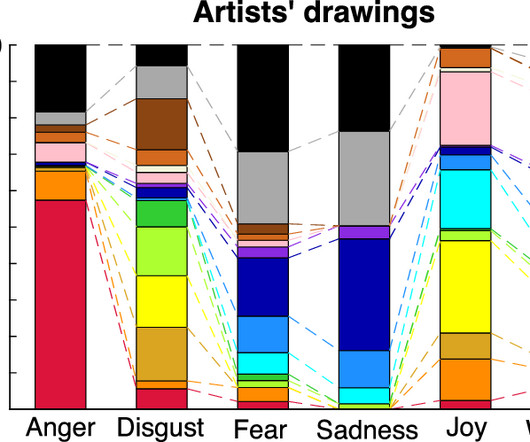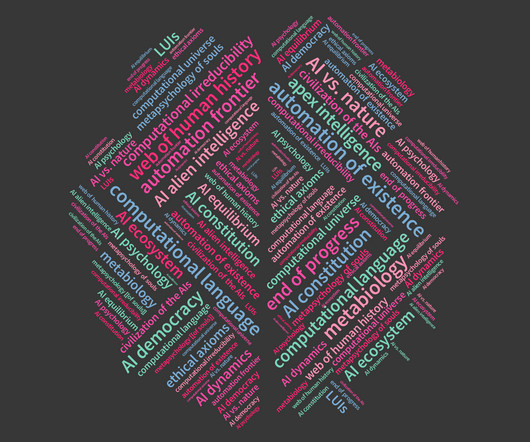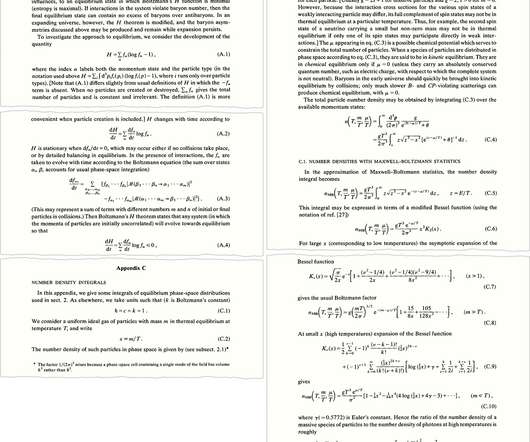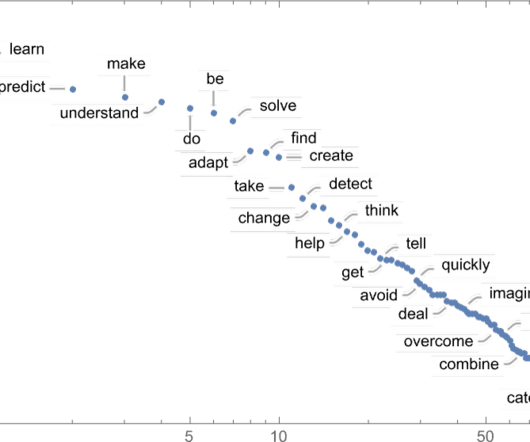Are there ‘rules’ for conveying emotion through art?
Futurum
SEPTEMBER 26, 2023
Culture and biology “For thousands of years, art has been used to communicate the experiences and emotions of daily life,” says Dr Claudia Damiano, previously a Postdoctoral Researcher at GestaltReVision Lab, KU Leuven, in Belgium, and now Research Associate at Toronto’s Department of Psychology.














Let's personalize your content